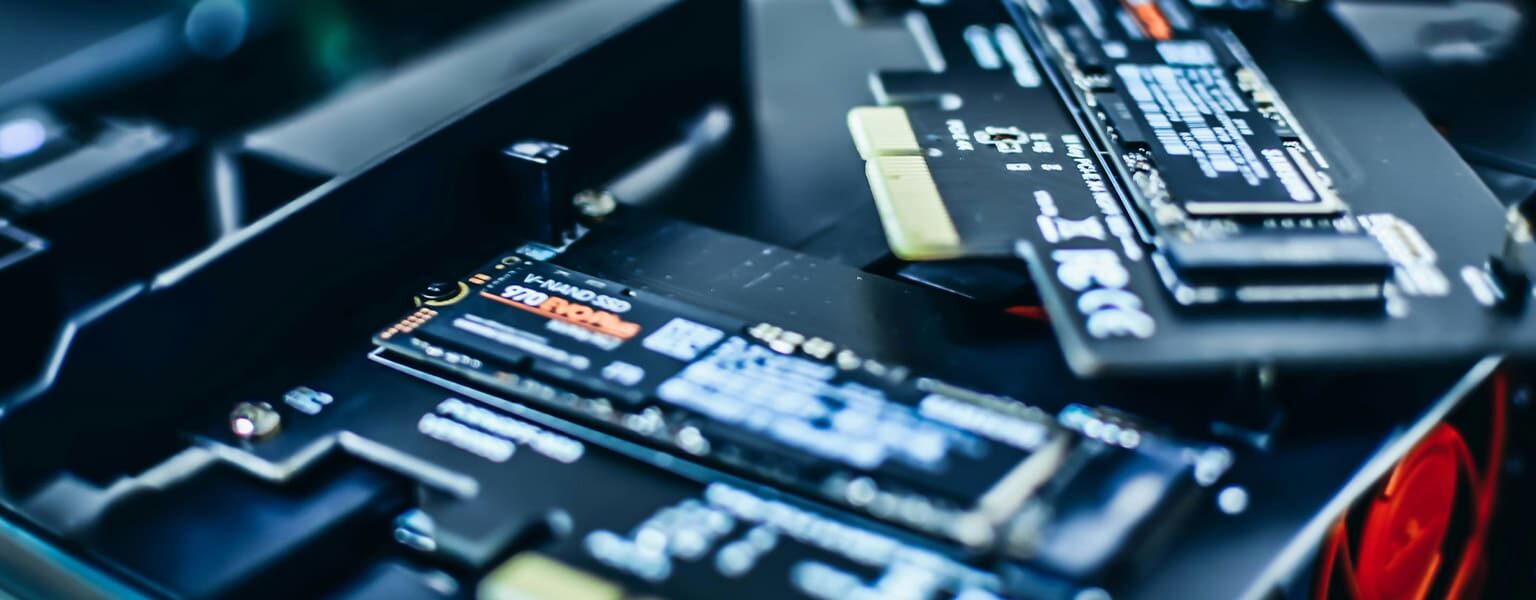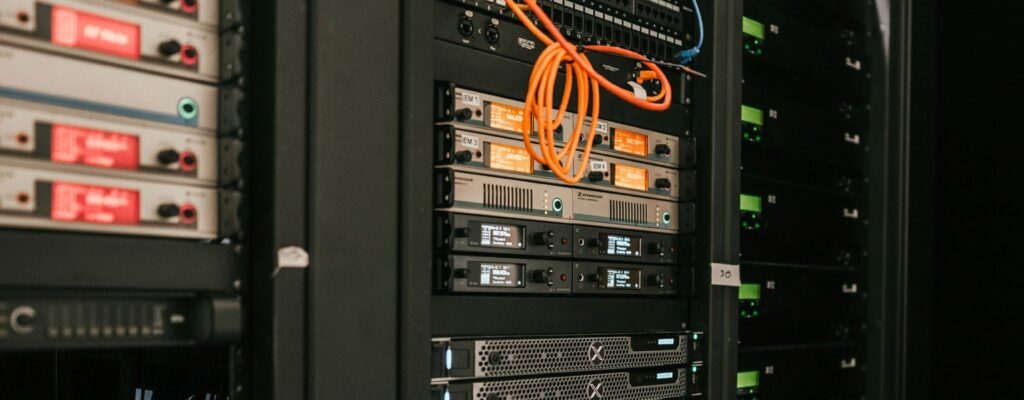Best Data Sanitization Methods and Best Practices (for SMBs to Stay Secure)
Contents
Key Takeaways
Learn what data sanitization is — and why simple deletion doesn’t cut it.
Explore the most effective data sanitization methods and when to use each.
Follow NIST 800-88 standards to stay compliant with HIPAA, PCI DSS, and GDPR.
Avoid costly data leaks when retiring, recycling, or reusing devices.
Discover how to make secure disposal part of your business’s data hygiene routine.
Data doesn’t just disappear when you hit “delete.” Like that one coworker who still has access to your shared drive after quitting three years ago, un-sanitized data tends to stick around — and that’s a serious security risk.
For small businesses, proper data sanitization is more than just a good housekeeping habit. It’s a critical part of cybersecurity and compliance. Whether you’re recycling laptops, decommissioning servers, or clearing out old USB drives, understanding how to properly sanitize data protects your business from breaches, fines, and unnecessary stress.
What Is Data Sanitization?
Data sanitization is the process of permanently and irreversibly removing or destroying data stored on a device so it cannot be recovered, not even by advanced forensic tools. In other words, it’s what you should be doing instead of dragging files to the trash and emptying the bin.
It’s important to distinguish between different data sanitization techniques:
-
Data deletion – removes the file’s reference, but leaves the data recoverable.
-
Data wiping (overwriting) – replaces existing data with random data until it’s unrecoverable.
-
Data destruction – physically destroys the device, ensuring nothing can be retrieved.
For compliance and best practices, most organizations follow the NIST Special Publication 800-88 Rev. 1, which outlines proper sanitization methods based on the type of storage media.
Why Data Sanitization Matters for Small Businesses
Even small businesses handle more sensitive information than they realize — customer data, employee records, payment information, and proprietary files. If that data falls into the wrong hands through an improperly disposed hard drive or USB stick, the fallout can be severe.
Industries like healthcare, insurance, and manufacturing also face strict compliance requirements under HIPAA, GDPR, and PCI DSS. A single mistake could mean thousands in fines — or worse, loss of customer trust.
Think of data sanitization as digital spring cleaning: you’re not just decluttering; you’re removing every trace of confidential data that could cause trouble later.
Common Data Sanitization Methods
Not all storage media can (or should) be sanitized the same way. The best data sanitization method depends on what kind of device or media you’re working with — and whether you intend to reuse it.
Overwriting (Data Wiping)
Overwriting is one of the most common data sanitization methods for reusable drives. Specialized software writes random binary data over existing information — often multiple times — until the original content is completely unrecoverable.
-
Works best for HDDs and some SSDs
-
Allows reuse of hardware
-
Must follow specific overwrite standards for compliance
Degaussing
Degaussing uses a powerful magnetic field to scramble data on magnetic storage devices like hard drives and tapes. It’s fast and effective — but it also permanently destroys the drive.
-
Best for HDDs and magnetic tapes
-
Not suitable for SSDs or optical drives
-
Ideal for end-of-life devices
Physical Destruction
Sometimes, the best data sanitization method is the most literal: shredding, crushing, or incinerating storage media. Physical destruction guarantees that data can never be recovered — though it also guarantees the hardware won’t be reused.
-
Best for drives beyond repair or no longer needed
-
Must be done by a certified destruction vendor
-
Often used for compliance with government or healthcare standards
Cryptographic Erasure
For devices that use strong encryption, simply deleting the encryption key renders all data unreadable. It’s fast, secure, and environmentally friendly — a great option for modern SSDs or encrypted cloud systems.
-
Ideal for encrypted devices and cloud storage
-
Quick and reusable
-
Relies on proper key management practices
Best Practices for Data Sanitization
Whether you’re clearing old laptops or wiping cloud servers, consistent sanitization practices help protect your data and reputation.
-
Keep an up-to-date inventory of all devices and storage media.
-
Choose the right data sanitization technique for each media type.
-
Follow NIST 800-88 standards for verification and documentation.
-
Train employees on secure disposal procedures.
-
Partner with certified e-waste recyclers for physical destruction.
-
Always document sanitization activities for audits and compliance.
Common Mistakes to Avoid
Even with the best intentions, businesses can slip up. Avoid these pitfalls:
-
Assuming a factory reset equals data sanitization.
-
Forgetting that printers, copiers, and IoT devices often store data.
-
Skipping verification to confirm the sanitization actually worked.
-
Tossing old devices without a documented disposal policy.
Why It Matters
Secure data disposal isn’t just about cleaning up — it’s about protecting your customers, your reputation, and your bottom line. Small businesses are prime targets for cybercriminals because they often overlook the basics. Proper data sanitization ensures your retired devices don’t become your next security breach headline.
Think of it as digital hygiene: clean devices, clean conscience.
Partner with Kelley Create
Kelley Create helps small businesses protect their data through smart, people-friendly IT solutions — including data sanitization, device lifecycle management, and compliance-ready security practices. We’ll help you make secure data handling second nature.
Let’s keep your data where it belongs — and nowhere else.
FAQs
-
Data sanitization is the process of permanently removing or destroying data so it can’t be recovered. It goes beyond deletion by using approved techniques such as overwriting, degaussing, or physical destruction.
-
The best method depends on your media type and reuse needs. Overwriting is ideal for reusable drives, degaussing for magnetic storage, physical destruction for end-of-life devices, and cryptographic erasure for encrypted systems.
-
No. Factory resets only delete user-level data and settings — remnants of sensitive information often remain recoverable.
-
At a minimum, every time a device changes hands, is decommissioned, or before it’s recycled or resold. Regular reviews should also be part of your IT asset management policy.
-
Yes. Many modern printers, copiers, and scanners have internal storage that retains copies of documents. They should always be sanitized before disposal or transfer.



